
CSX CEO Joe Hinrichs is not one to shy away from a tall task. Since arriving at CSX in September 2022, he has been on a mission to repair the railroad’s damaged relationship with its employees.
His goal: Build a culture of respect and trust, where workers feel valued and appreciated. It’s the cornerstone of the ONE CSX strategy Hinrichs mentions everywhere he goes, from impromptu visits to terminals and shops to shipper and investor conferences. The idea is that high morale will motivate employees to provide better service, which will produce happy customers, which in turn will attract more freight and lead to higher revenue and profits.
To get to this promised land, Hinrichs will have to overcome three things.
First, the rank and file still feel the sting of E. Hunter Harrison’s 2017 implementation of the low-cost Precision Scheduled Railroading operating model. CSX now has 20% fewer people on the payroll. And Harrison and his cadre of mean-spirited minions went out of their way to make railroad life miserable.
Second, unionized workers have a lingering bitterness over the 2019 round of contract negotiations. Talks dragged on for three years, created uncertainty, and delayed raises. The fact that the railroads told the Presidential Emergency Board that workers don’t contribute to profits has not been forgotten.
Finally, there’s more than 150 years of confrontation between railroads and the unionized workers who keep the trains moving. “We go back a long time fighting … with our employees,” Hinrichs says. “And that isn’t sustainable, especially in the world we live in today.”
He’s right, of course. If you’ve ever had a lousy boss or worked at a place with low morale, you know how that can sap your motivation.
Hinrichs insists the challenge is not insurmountable. “Intelligent people who listen to each other and work together can solve almost anything,” he says.
That’s a lesson Hinrichs brought to CSX from Ford Motor Co., where he led the automaker’s negotiations with the United Auto Workers through four contracts. Over that stretch, rival General Motors experienced two strikes. Ford had none. “We had a competitive advantage because we had a relationship that was better,” Hinrichs says.
Another lesson Hinrichs brought to CSX as a former customer: Shippers do business with railroads because they have to, not because they want to. That’s been a barrier to growth, he says, and it can’t be fixed unless the railroad’s culture changes.
There are encouraging signs that Hinrichs is making progress.
CSX was the first Class I railroad to reach contract agreements with most of its unions last year, well in advance of the start of national negotiations. And in 2023 it was the first Class I to reach sick time agreements with unions.
About 20,000 people — employees and their families — attended CSX Family Day events around the system last year. You don’t go to a work-related event if you’re ticked off at your employer.
Sentiment in annual employee surveys has improved. The net promoter score — “I would recommend employment at CSX to a friend” — is up 39 points from the initial 2022 survey that was conducted before Hinrichs arrived.
Ratings on the jobs site Glassdoor show the same trend. Just shy of three quarters of reviewers approve of the CEO, up from 35% in 2022 and 18% in 2020. Although only 43% of CSX employees would recommend the railroad to a friend, that’s the highest among the Big Four U.S. railroads and also ahead of some trucking companies, including intermodal users J.B. Hunt and Schneider.
Jared Cassity, who began his career as a CSX conductor in Russell, Ky., and is now the SMART-TD union’s alternate national safety and legislative director, acknowledges that Hinrichs says and often does the right things. But there’s still a disconnect between the C-suite’s message and how some mid-level managers treat workers, Cassity says.
Like Hinrichs, Cassity believes the labor-management relationship can be overhauled. “But it will take an absolute commitment from the CEO and from all levels of management to value employees,” he says. “Workers … need to feel they are the backbone of the industry. And that right now is unfortunately absent.”

Hinrichs understands the skepticism. And he admits not everyone has climbed aboard the ONE CSX bandwagon. “Trust me, I get all the notes in the survey comments and whatnot,” he says. “We win ’em over one at a time and we’ll get ’em all eventually — or at least most of them.”
Customer attitudes are changing, too. At the railroad’s November investor day, nearly a dozen shippers gave testimonials about how CSX is more customer-focused and is providing better service. “We didn’t tell ’em what to say,” Hinrichs says, noting that two years ago shippers would not have had good things to say about CSX.
CSX also has ranked at the top of several recent shipper surveys.
Hinrichs contends that the railroad’s improved relationship with its employees and customers is starting to show up in financial results. And last year CSX became the first Class I railroad to see its traffic return to pre-pandemic levels.
More than two years into the job, Hinrichs remains optimistic. “I know people love trains. We really want to get ’em to love railroads,” he says. “They don’t right now. But we can get there.”
You can reach Bill Stephens at bybillstephens@gmail.com and follow him on LinkedIn and X @bybillstephens






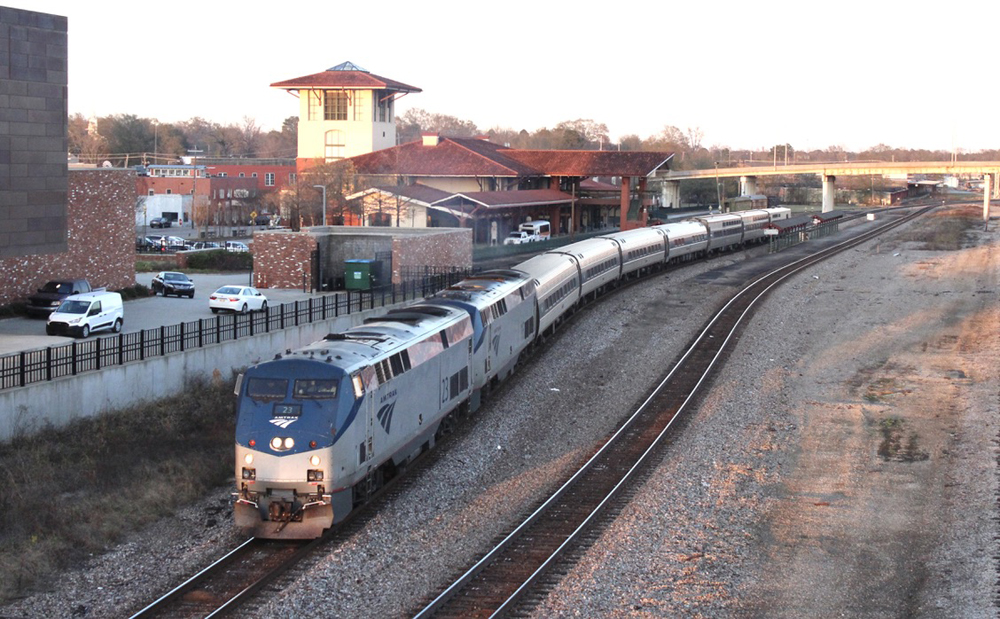
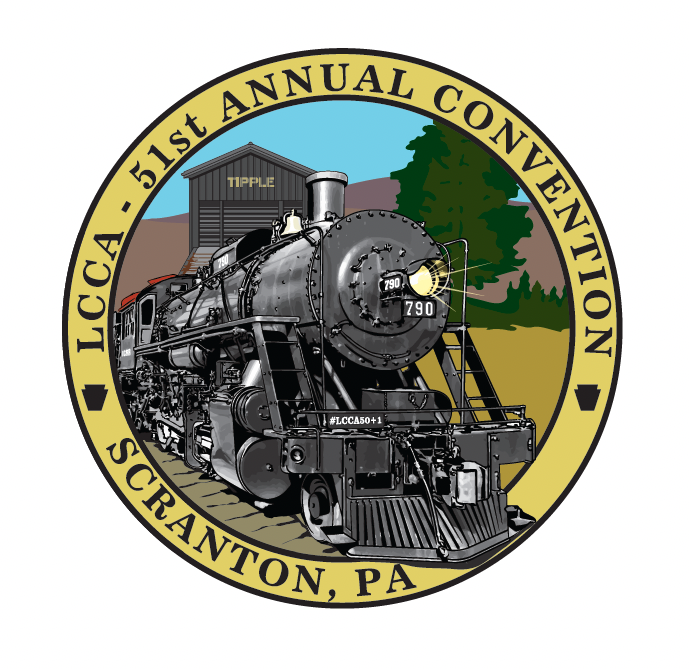
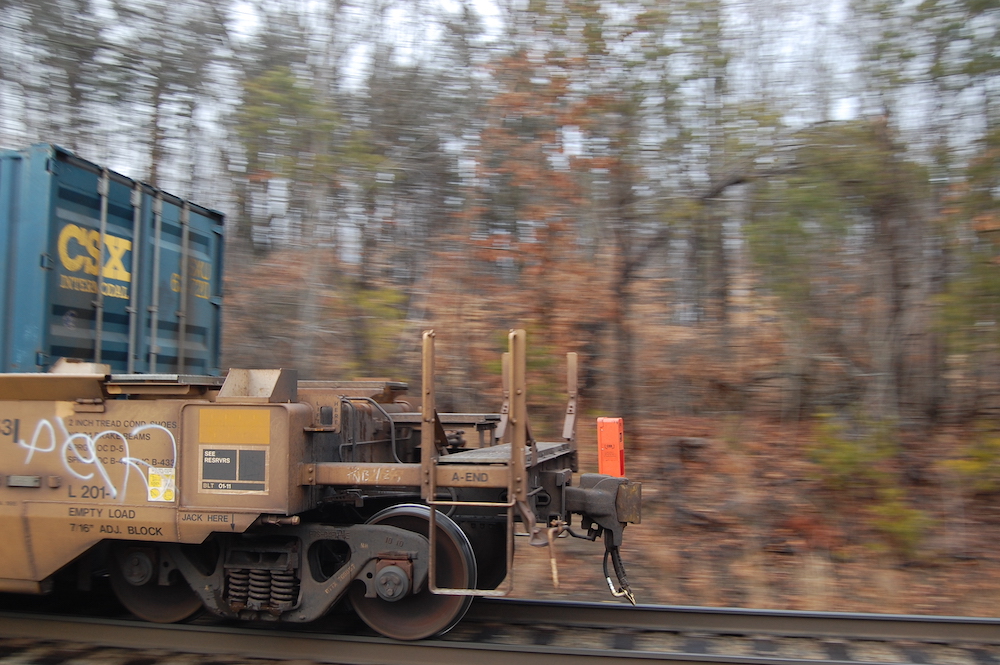
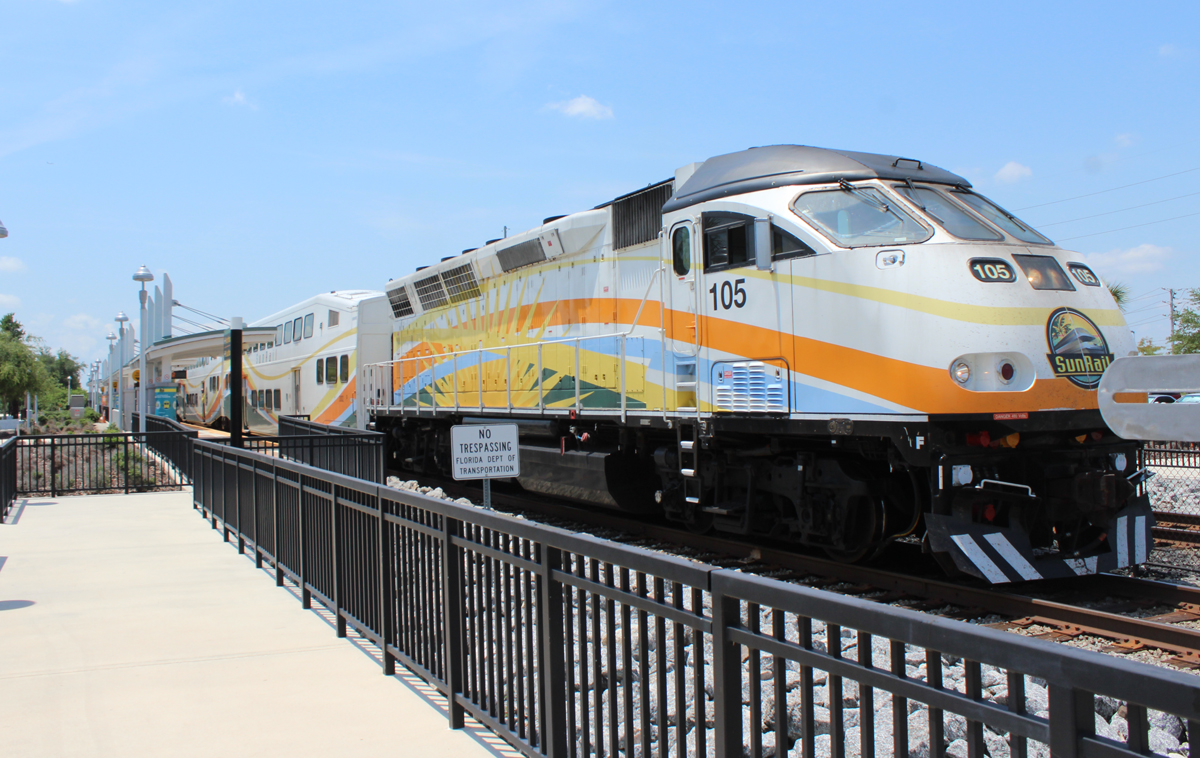

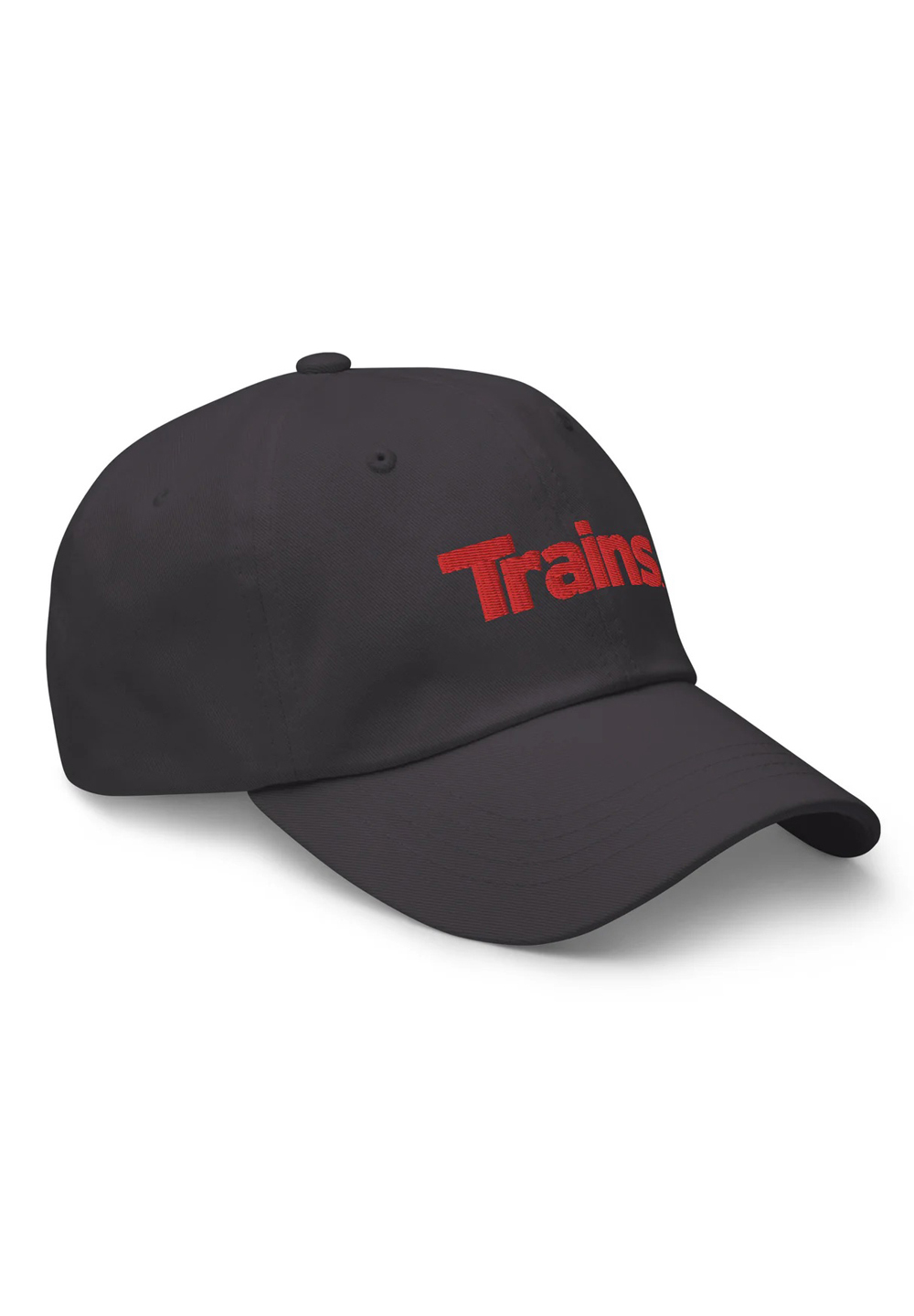
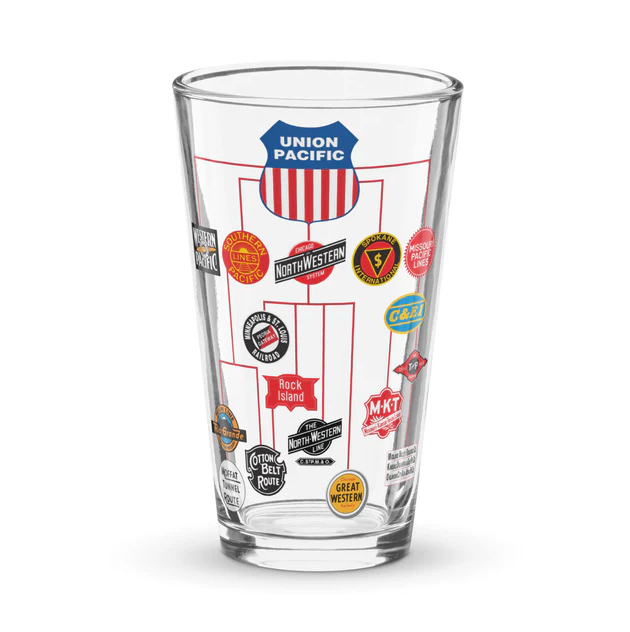
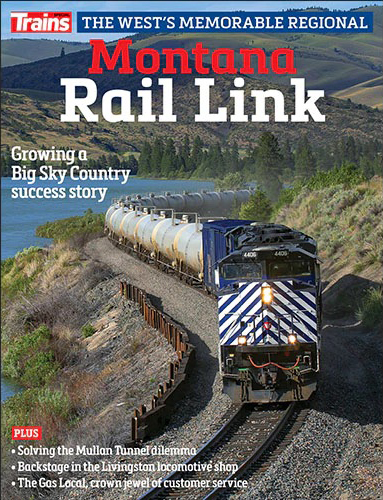
I get the various comments, concerns, and criticisms expressed here and I don’t necessarily disagree with them. However, if nothing else, give Mr. Hinrichs credit for recognizing the considerable problems and issues that CSX is facing with its workforce.
Hopefully he will follow through on what he trying to and promise to improve things at CSX. Though, yes, one might question his motivations and actions here, I’m quite encouraged by this and what he is (hopefully) trying to accomplish for CSX, its employees, and customers.
Would you rather have Hinrichs or EHH? I would stick with the current fellow even if he is paid more than the average joe! It will take decades to repair what EHH did to the railroad even if Mother nature would give us a break for a decade or so!!!!
This is all smoke-and-mirrors, superficial PR in action. Does this CEO condemn what HH did to the railroad? Does he pledge to undo it? Of course not. HH made CSX stockholders billions of dollars. The same PR game that Shaw was playing at NS last year is now at play on CSX. “Corporate capitalist PSR with a human face.” So now CSX will be “kind” to its employees when it screws them. Remember, CSX is still attempting to cut costs and reduce its OR like the rest of them. This is its very nature. It can play nice if/when it serves its interests, but at the end of the day, it is still a corporation and its goal is to return the greatest possible profits to its owners. The niceness – as superficial as it is – will not last.
NS take note!
Hinrich is following the Conrail model; that’s what made CR the huge success that it was. I just hope and pray that it doesn’t put CSX back in the sights of the hedge fund vultures. They don’t like happy employees or customers; they suspect that their intended prey is giving something away, and they want it in their own pockets instead.
Remember when the “Children’s Investment Fund” went after CSX? 2008 wasn’t that long ago…
Conrail was not a “success” for this ex-unionized Conrail worker. Employment cratered and Conrail was PSR-Lite. The only tangible benefit was the ESOP given out for concessionary contracts. The 1978 $28M ($142M today) spent rebuilding DeWitt yard was soon wasted under Staggers deregulation and the hump shutdown and ripped out. This was repeated system wide. Deindustrialization anf financialization. Now nothing at DeWitt but containers of Chinese imports. If there are any local carload customers left, I’d be surprised. SUCCESS!
Rely on Hinrichs to stuff his pockets and please Wall Street. Just like Shaw, Vena and the rest of those overpaid ghouls.
I am surprised that someone has not covered up EHH’s name on a certain office car. Joe is right….ineptitude floats to the top of the water!
My experience is that ONE tenet to improve carrier operating culture is allowing operating supervisors (within reason), to “couple” Responsibility with Authority.
AKA, asking for forgiveness not permission.
If you’re looking for EHH’s cronies, most of them are at CSX’s direct competitor making a mess out of just about every aspect of the business.
“only 43% of CSX employees would recommend the railroad to a friend”
Glassdoor isn’t a resource for blue collar workers. So that 43% is certainly dominated by white collar, non-union workers. 57% are not happy, that’s a lot.
Hinrichs made $14,074,235 in 2023. He is grossly overpaid. $10M is in stock options, which used to be illegal, with good reason.